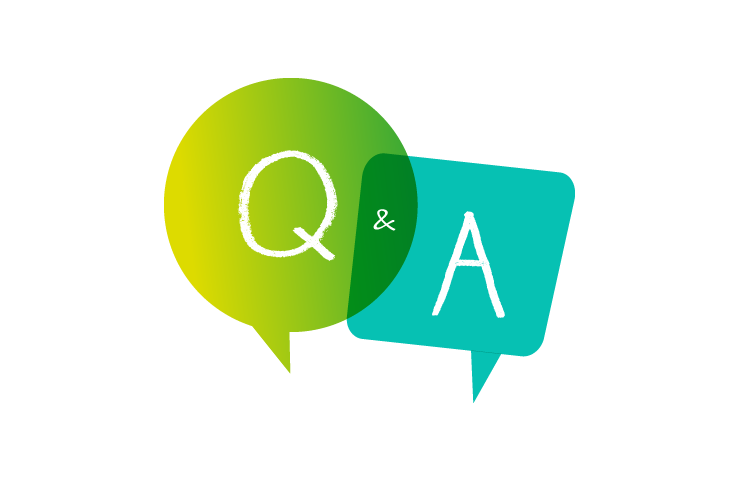Contact
- HOME
- SERVICES
- WHERE TO BEGIN
- LOCATIONS
- RESOURCES
- HEALTH PLAN SERVICES
- CAREERS
- EMPLOYEES

Asked & Answered - The Top 5 Most FAQs of CDPAP
Published by Jackie Priestly on
Jul 16, 2019 9:34:03 AM
Here are the top 5 most frequently asked questions among CDPAP consumers.
- What’s the difference between CDPAP and CDPAS? Am I using the correct term?
CDPAP and CDPAS are often used interchangeably for the Consumer Directed Personal Assistance Program and the Consumer Directed Personal Assistance Services, respectively. CDPAP stands for the program itself, while CDPAS stands for the services provided through the program- such as activities of daily living, medication administration, personal hygiene, and light house-keeping. CDPAP and CDPAS are essentially one in the same. - How is it confirmed that the Personal Assistant is working the hours they are supposed to?
In the CDPAP program, ultimately, it is the Consumer’s/Designated Representative’s responsibility to supervise the Personal Assistant to confirm that the hours authorized by the Consumer’s health plan are being worked. However, certain Fiscal Intermediaries- such as Premier- utilize a progressive Electronic Visit Verification (EVV) system in which the Personal Assistant (PA) uses the Consumer’s house phone to clock in and clock out at the start and end of every shift. For example, as an effort to prevent Medicaid fraud and to make sure the Consumer is being appropriately cared for Premier has implemented employees a attendance verifiers that will proactively call the PA if the EVV call is not completed timely. . - What training/certifications do the Personal Assistants need?
The wonderful thing about CDPAP is that no training or certification is needed for Personal Assistants and there are very few exceptions of who can be a PA in relation to the Consumer. For example- a Consumer’s legal spouse or Designated Representative cannot be their Personal Assistant. Otherwise, as long as the PA completes the necessary enrollment steps into the Fiscal Intermediary- such as the application, completion of a physical, background check clearance – the PA can start working with the Consumer usually within less than one week! Once the enrollment process is completed, the Consumer’s health plan will develop a Plan of Care to be kept in the Consumer’s home, which will advise what activities the PA should be completing with the Consumer and the frequency (example: ‘Shower Consumer once daily’). It is then the Consumer/DR’s responsibility to train and supervise the PA’s skills. - How does the Personal Assistant and FI help to prevent Consumer hospitalizations?
Hospitalization visits and stays can be utterly traumatic. When the Consumer/Designated Representative are choosing a Personal Assistant, great emphasis should be placed on the candidate’s character. PA traits like professionalism, dependability and responsibility should be valued so that if the Consumer were to experience a true health emergency, the Consumer would be confident that the PA would follow up as necessary. Premier, a reputable Fiscal Intermediary, also implements mandatory real time data collection from all Personal Assistants. At the end of every shift, each PA is prompted to answer a series of questions relating to the Consumer’s well-being. This data is collected and triaged to the client’s Case Manager at their health plan. If a Consumer’s condition seems to be worsening- as reported by the Personal Assistant- the Case Manager will be made aware and intervene to prevent a potentially avoidable hospital visit. - What are the ‘Best Practices’ for a Consumer to manage their Personal Assistant?
- Daily- Consumer should remind PA to clock in and out using the Consumer’s house phone, to remain compliant with the Electronic Visit Verification system, mandated by certain Fiscal Intermediaries such as Premier.
- Weekly- Consumer should review hours worked by PA to guarantee that PA is not working over the amount of authorized hours by the health plan.
- Annually- Consumer should remind PA to complete annual PPD and physical. Consumer or PA can call FI to determine when compliance items are due each year.
